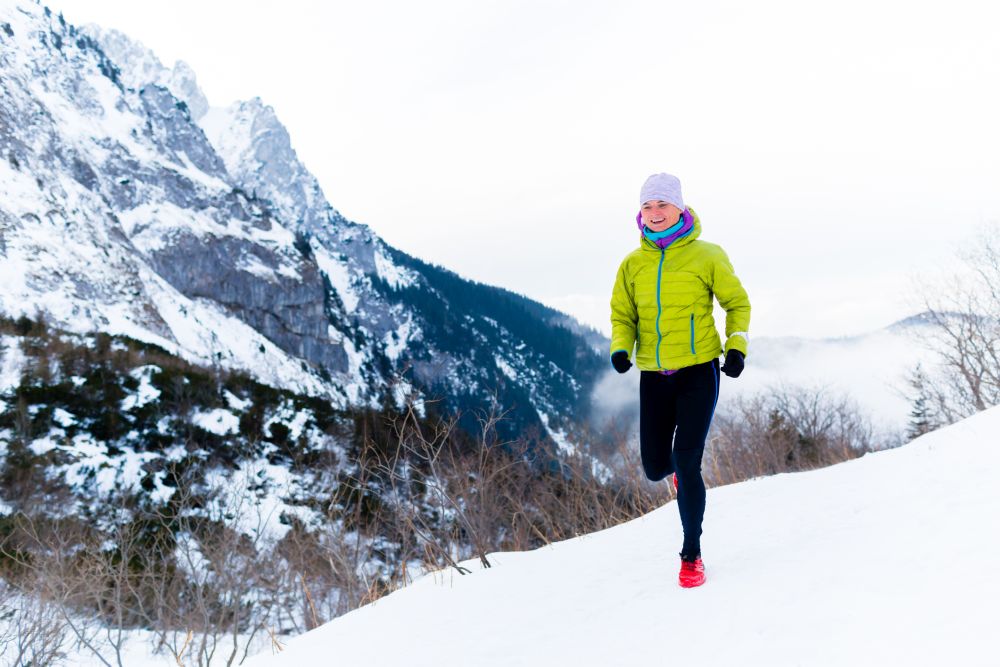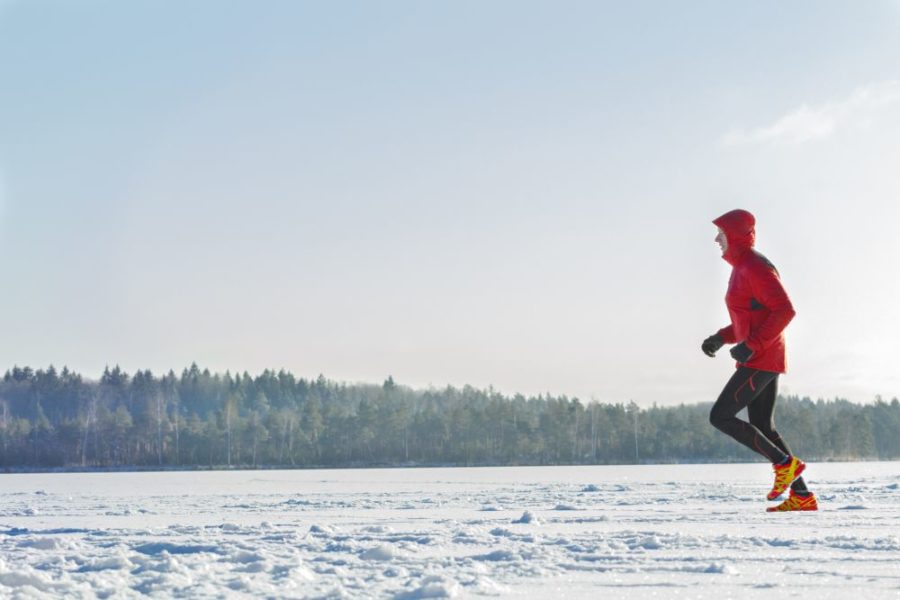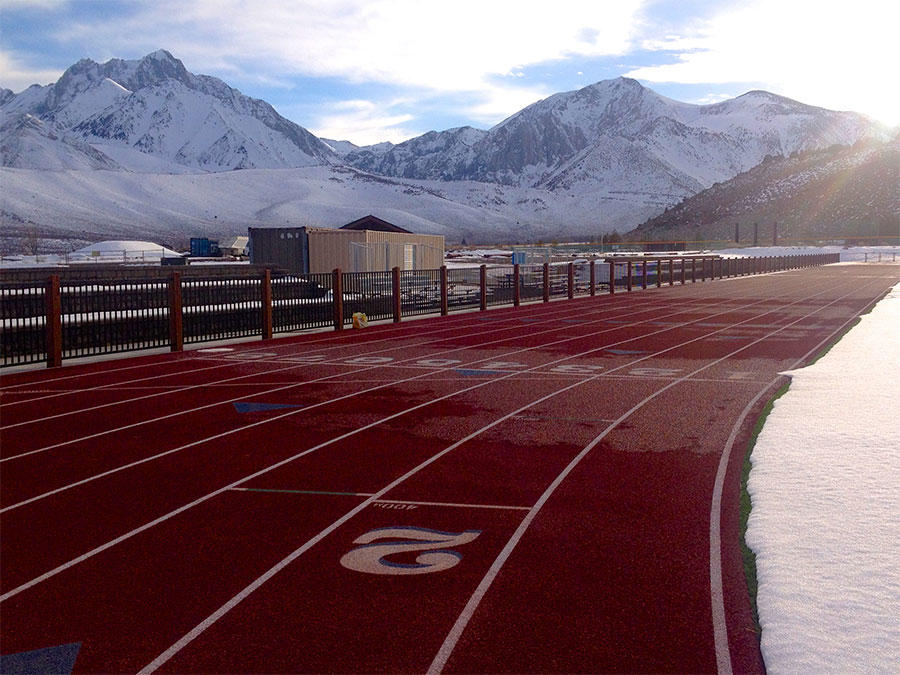The science behind cold weather and running performance
The physiology behind why the cold weather can make you slow down, and how to counteract it

Humans have a unique ability to acclimate to hot weather by directing more blood flow to the skin and increasing our sweat rate. Our bodies are decidedly less adaptable in the cold weather, hence the need for layers upon layers of clothing. This makes running in the winter particularly challenging and causes many runners to slow down. The good news is, not only can science explain exactly why this happens, but it can also provide some tools to help you prevent a winter slowdown.

RELATED: The key to winter running? Modify your expectations
There are two main reasons why colder temperatures can have a negative impact on your running performance: muscle strength and metabolism. Research has shown that a cold environment significantly decreases the strength of your muscles — the colder it gets, the less power your muscles produce. Your muscle contractions are also less efficient in the cold, which will lower the amount of force your muscles produce even further.
In addition, cold weather has also been shown to affect your cardiovascular system and VO2 max (the maximum rate of oxygen your body is able to use during exercise). Studies have found that your VO2 max is significantly higher in 20C temperatures, but starts to decrease when temperatures drop down to 10C and lower. It also appears that your heart rate tends to be higher when running in the cold, and your fatigue threshold is lowered.
Finally, cold weather can affect your running performance because it changes the way your body metabolizes fuel. When you run in the cold, your body uses up its glycogen stores at a much higher rate. One reason for this is shivering, which can deplete your glycogen stores five to six times faster than the normal rate. The other reason is an increased level of epinephrine (a.k.a. adrenaline) in your blood, which stimulates the breakdown of glycogen. Anyone who has ever hit “the wall” in the marathon knows what it’s like to run out of glucose and glycogen stores, and for these reasons, running in the cold can make this happen even sooner.
RELATED: 6 winter running tips for beginners

How can you prevent performance decreases in the winter?
Luckily, there are a few fairly simple ways to counteract these physiological adaptations and prevent a winter slowdown. The first is to do a proper warmup. A dynamic warmup of squats, lunges, clamshells, etc. before you hit the pavement can increase the temperature of your muscles and increase blood flow. The second way to prevent a performance decrease is to wear proper clothes. It may make you feel hardcore when you go out running in shorts in the winter, but it’s not doing your body or your speed any favours — tights are the way to go here.
Finally, if you’re going on a long run and you want to prevent hitting the wall prematurely (or at all) you need to think about how you’re fuelling for your runs. This means ensuring you’re eating an adequate amount of carbohydrates, particularly in the 24 hours prior to the run. You may also want to bring some fuel with you, like gels or chews. These are better than sports drinks in the winter, because drinking too much cold liquid while you’re running can decrease your body temperature even further.


